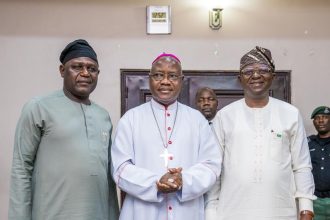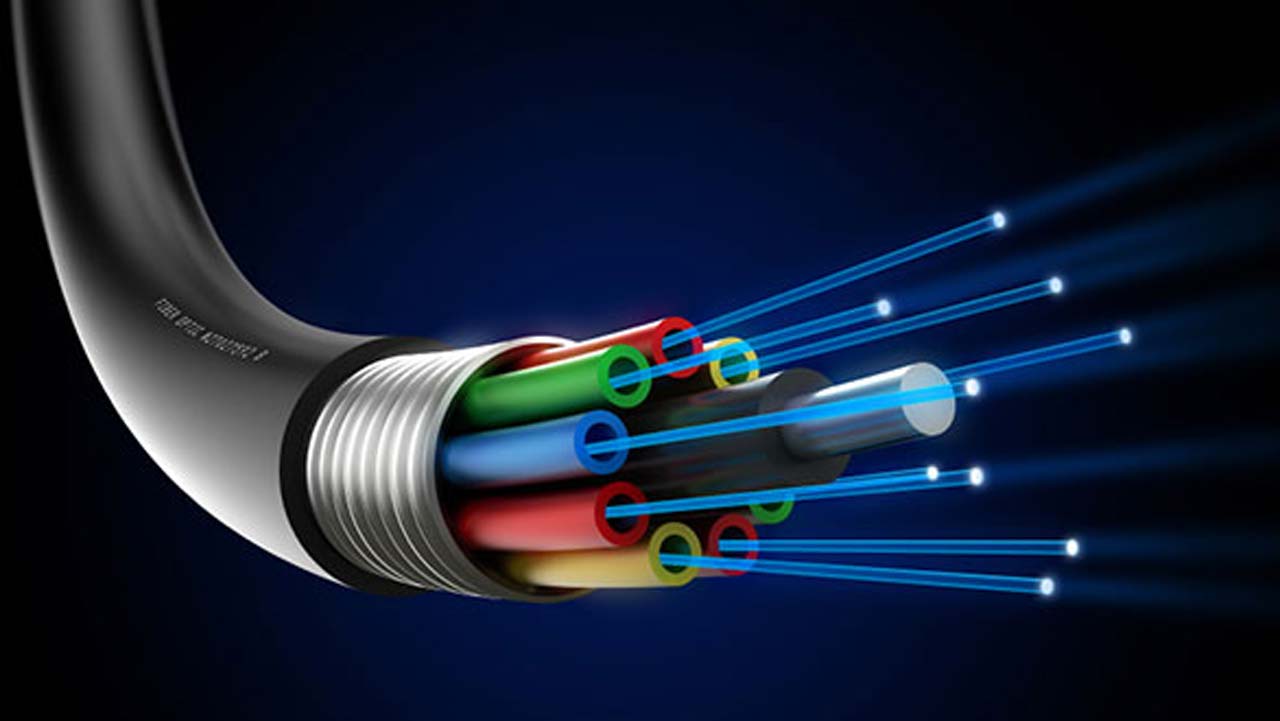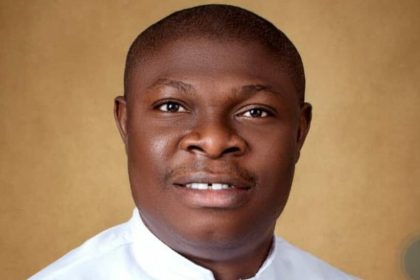The International Telecommunications Union (ITU) said developing countries would require about $1.6 trillion to bridge the digital infrastructure gap.
Developing countries are countries with low incomes, poor infrastructure and limited industrialisation. They often lack access to modern technology. Most countries in sub-Saharan Africa, including Nigeria, are considered developing countries.
ITU imagined a world where everyone could use the Internet, where urban areas worldwide are linked to a fibre network and where support is readily available for anyone who cannot afford digital services or lacks the skills to use them.
Building that reality, ITU said it requires closing a massive investment gap for digital infrastructure, which is estimated to reach at least $1.6 trillion, mostly in developing countries.
ITU noted that meaningful digital connectivity has become a vital foundation for communities, businesses and governments worldwide, adding that improving access to education, health care, employment, and financial services boosts people’s capacity, quality of life and income, especially in rural areas.
The United Nations body noted that achieving that is complex, requiring international, public-private and cross-sector cooperation amid daunting development challenges.
To tackle the challenge, the ITU and leading development finance institutions (DFIs) have joined forces to focus on the financing gap for digital infrastructure — specifically hardware components, including wireless, satellite, fixed broadband, data centres, undersea cables, Internet exchange points (IXPs) and towers.
Indeed, according to the Network Readiness Index, Nigeria scored low in digital readiness assessments, ranking around 106th out of 134 countries, indicating a significant gap in its digital infrastructure and capabilities compared to other nations. According to the index, its main weakness lies in the Impact category, despite its strengths in technology itself.
According to the index, a major challenge is limited Internet access, with only about 43 per cent of Nigerians online. It noted that poor infrastructure, including unreliable power supply, hinders digital adoption, and the lack of basic digital skills among the population also contributes to low digital readiness.
The ITU, however, revealed that the partners are assessing how to address those challenges and mobilise investments on a massive scale — enough to connect everyone worldwide by 2030.
The Digital Infrastructure Investment Initiative (DIII), launched in coordination with Brazil’s G20 presidency last year, also draws on the expertise of industry players, investors and infrastructure builders.
The DIII aimed to understand the current financing gap and the opportunities it presents, identify the main challenges countries face in advancing digital infrastructure investment, and identify innovative financing mechanisms and instruments to help achieve universal and meaningful connectivity by 2030.
ITU’s white paper — Digital Infrastructure Investment Initiative: Closing the digital infrastructure investment gap by 2030 — analyses the investment gap, raises key questions, and summarizes achievements in the initiative’s first year.
The analysis suggests 33 per cent of today’s global population is offline. This reaches 54 per cent in low- and lower-middle-income countries, reflecting infrastructure and other challenges.
Demand fragmentation, core infrastructure gaps, unclear digital policies, execution risks, and country risks all hinder investment. However, innovative financing can help overcome those challenges.
Digital infrastructure investment platforms and technical forums involving ITU, the DFIs, and digital infrastructure investors could strengthen investment coordination and drive collaborative financing.
Connectivity for all has been a global policy aspiration for decades. Now, ITU and its partners are grappling with it as a practical, solvable challenge.
ITU Secretary-General, Doreen Bogdan-Martin, in her foreword to the DIII white paper, said: “Together, let us commit to delivering high-quality infrastructure that will create lasting benefits on markets, economies, and communities around the world.”
ITU said the DIII builds on the momentum of the Pact for the Future and Global Digital Compact adopted at the last UN General Assembly. In particular, it aimed to catalyse the development of innovative and blended financing to connect the estimated 2.6 billion people not meaningfully connected in today’s world.
ITU is co-leading the initiative with the Asian Infrastructure Investment Bank, the African Development Bank, the European Bank for Reconstruction and Development, the Inter-American Development Bank, the International Finance Corporation, and the Islamic Development Bank, with Boston Consulting Group as a knowledge partner.
The initiative has also brought together over 40 organisations, representing investors, technology companies, governments, and civil society, in a dedicated DIII working group.
According to ITU, this year, South Africa’s G20 presidency — with a focus on connectivity for inclusive digital development — promises to further step up the momentum on digital infrastructure investment challenges.
ITU noted that the current $1.6 trillion digital investment gap estimate builds on an earlier $428 billion estimate developed as part of ITU’s Connect Humanity study in 2020. The estimate is now updated to reflect a meaningful connectivity target (20 Mbps) to 100 per cent of the population, estimates for data centres, and operating expenditure (OPEX) costs to 2030.







